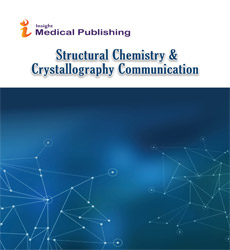Abstract
Constructing of ultrathin 2D material for highly efficiency electrocatalysis
Two dimensional materials possess inherent advantages to improve electrocatalytic performance. First, two dimensional nanosheets have large surface–volume ratio, which can promote the adsorption of substrates and provide high specific surface area for electrocatalytic reactions. Moreover, the 2D nature of the nanosheets indicates short diffusion distance for electrons, which causes faster charge transfer rate and better turnover frequency. Therefore, Constructing of 2D ultrathin nanosheets is an effective strategy to achieve high electrocatalytic performance. Our group recently reported a series of 2D ultrathin materials: (1) Bimetal ultrathin metal-organic frameworks (MOFs) nanosheets were successfully prepared through a simple ultrasonic oscillation method. Due to the ultrathin feature, the surface metal atoms are highly coordinated unsaturated, which greatly benefit the adsorption process, thus offering outstanding performance. Besides, two kinds of metal atoms could generate the coupling pair, which could effectively promote the charge transfer.1 (2) On the basis of ultrathin nanosheets, novel 3D flower-like Ni2P were synthesized through the self-assembly of ultrathin Ni2P nanosheets, which retain the 2D structural advantages and offer faster electrons transfer compared with dispersed unassembled 2D nanosheets.2 (3) To further optimized the catalytic performance, 3D porous coreshell ultrathin nanosheets were prepared via a facile stepwise hydrothermal method. The ingenious architecture possess numerous channels for the diffusion of substrates, ideal pathway for electron transfer and larger area for adsorption compared with imporous nanosheets. Collectively, our constructing strategy provided a successful practice to prepare a series of high-efficient catalysts.
Author(s):
Guangtong Hai
Abstract | PDF
Share this

Google scholar citation report
Citations : 275
Abstracted/Indexed in
- Google Scholar
- China National Knowledge Infrastructure (CNKI)
- Directory of Research Journal Indexing (DRJI)
- WorldCat
- Geneva Foundation for Medical Education and Research
- Secret Search Engine Labs
- CAS (Chemical Abstracting Services)
Open Access Journals
- Aquaculture & Veterinary Science
- Chemistry & Chemical Sciences
- Clinical Sciences
- Engineering
- General Science
- Genetics & Molecular Biology
- Health Care & Nursing
- Immunology & Microbiology
- Materials Science
- Mathematics & Physics
- Medical Sciences
- Neurology & Psychiatry
- Oncology & Cancer Science
- Pharmaceutical Sciences

